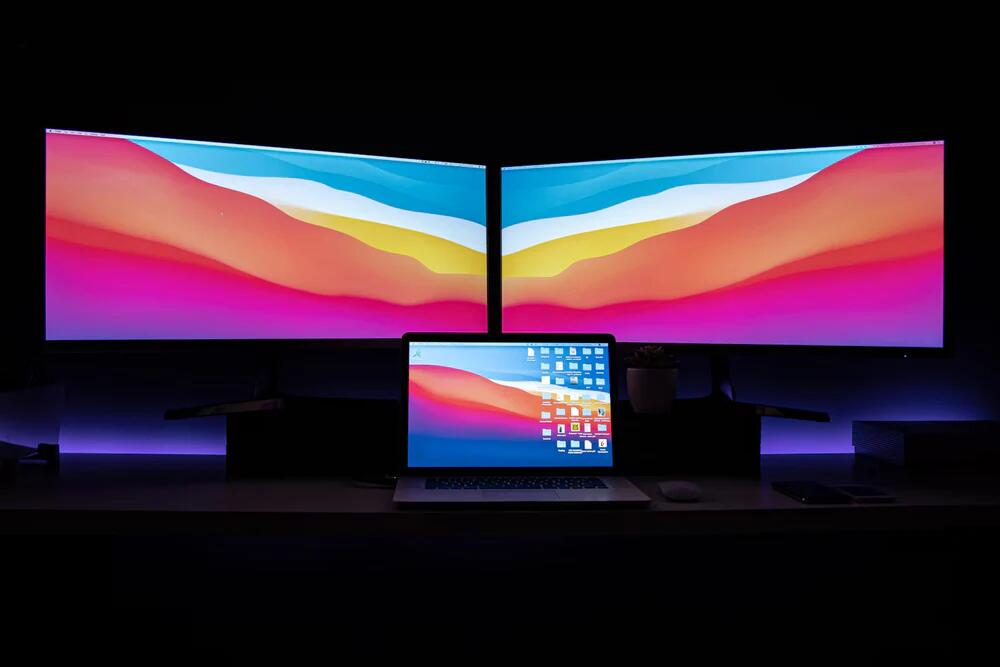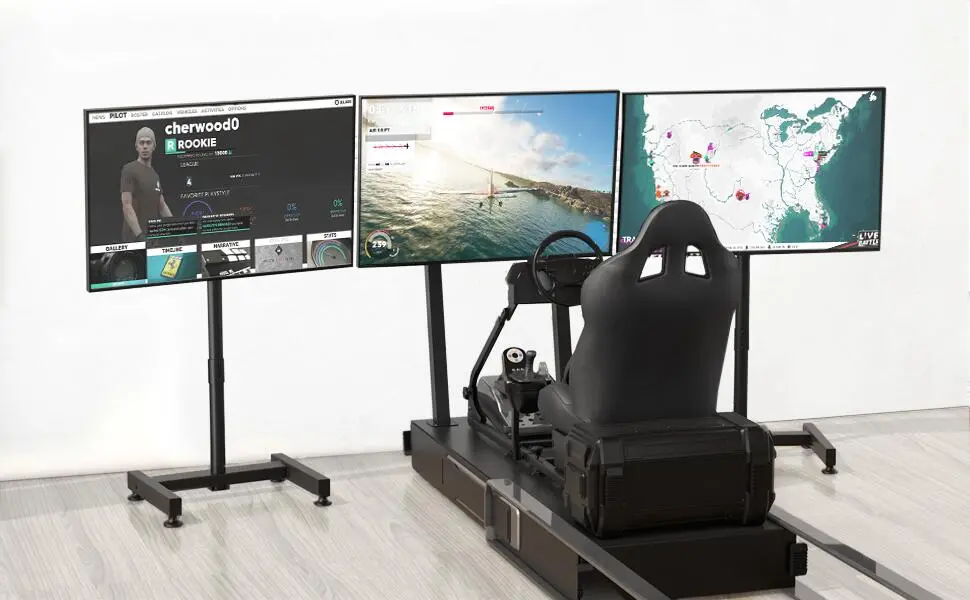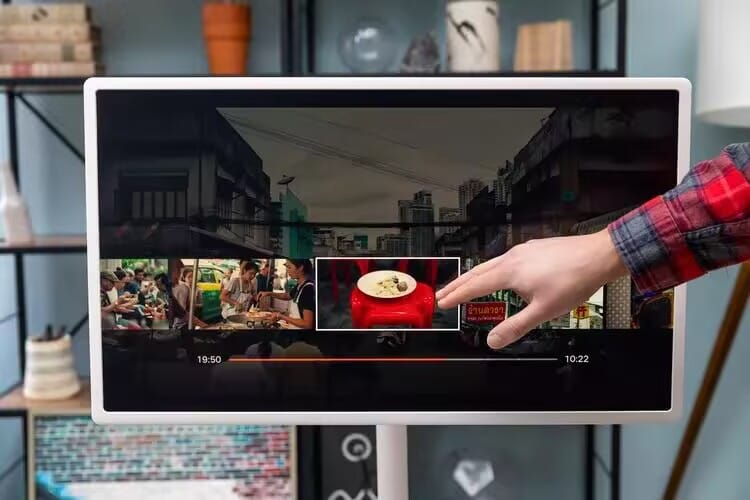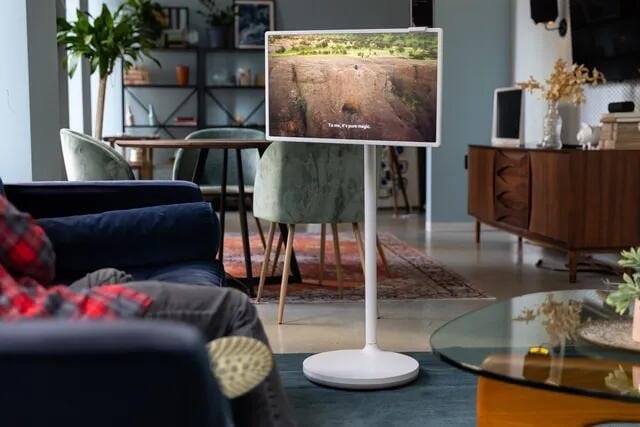In a world where our devices are practically extensions of ourselves, a good car charger is no longer optional—it’s essential. Whether you’re commuting to work, heading out on a road trip, or just running errands, a USB-C car charger can keep your phone, tablet, or even laptop powered up on the go.
But with so many options to choose from, picking the right one looks impossible. Do you need 20W or 60W? Single port or multi-port? Any safety features? Don’t worry—I’m here to guide you through it. Let’s take it step by step so you can find the perfect USB-C car charger for you.
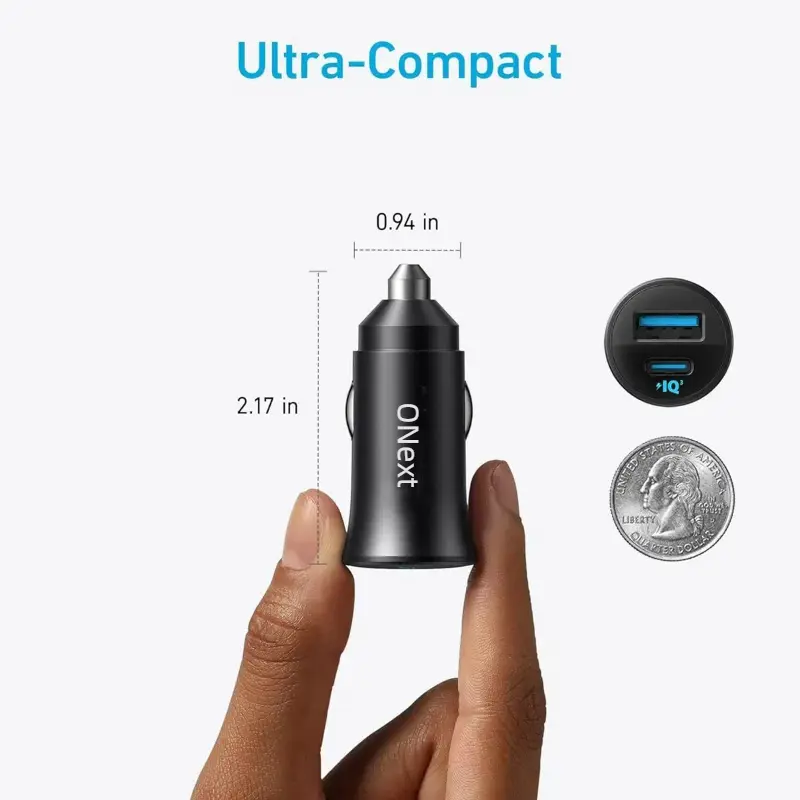
Step 1: Know Your Power Requirements
The initial aspect to think about when selecting a USB-C car charger is power output, which is in watts (W). This dictates the speed at which your devices charge and which types of devices it can support. Various devices need differing amounts of power, so here’s a brief summary:
- Smartphones: The majority of new phones—such as the iPhone 14 or Samsung Galaxy S23—have fast charging capabilities between 18W and 30W. To illustrate, combining an iPhone with a 20W USB-C car charger and a Lightning-to-USB-C cord can charge you up to 50% in around 30 minutes.
- Tablets: Tablets such as the iPad Pro usually require 30W or more to charge effectively.
- Laptops: If you’re planning to charge a MacBook or a similar device in the car, you’ll want a USB-C car charger with at least 60W—sometimes even 100W—depending on the model.
Before you buy, be sure to identify the highest rate your device charges at (usually on the company website or in the manual). Next, pick a USB-C car charger with an output capability of at least as much but not significantly more. A 45W version is a typical favorite among many, as it offers enough energy for phones and tablets and also enough to keep some smaller laptops going.
Step 2: Single Port or Multi-Port
And then there’s: how many ports do you need? It depends on what your lifestyle is like. If you’re the sole driver in your house and only need to charge a phone every now and again, a single-port USB-C car charger is your best option. They’re small, inexpensive, and perfect for minimal systems. But if you’ve got riders—or a collection of gadgets—multi-port USB-C car chargers will be your new best friends.
You’ll most frequently see two types of multi-port arrangements:
- All USB-C Ports: Think dual USB-C designs, like one port at 30W and another at 18W—great for charging two devices at full speed.
- USB-C + USB-A Combo: These are ideal if you’ve still got older gear that uses USB-A cables.
I’ve used a dual-port USB-C car charger on family trips, keeping my phone on navigation duty while my kid’s Nintendo Switch stays alive in the backseat. One thing to watch out for: some multi-port chargers share their total wattage across ports. A “60W dual-port” label might mean 60W split between two devices, not 60W each. Check the specs to avoid surprises.
Step 3: Compatibility Is Key
One of the best features of USB-C car chargers is how versatile they are. USB-C has turned into the de facto standard for most new technology—Apple iPhone 15 series, Samsung and Google Android smartphones, and even laptops like the Dell XPS all use it. This means that one USB-C car charger can theoretically charge everything you have, as long as you have the right cables.
Compatibility isn’t always plug-and-play, though. The magic is Power Delivery (PD), a fast-charging standard used by USB-C chargers to deliver maximum power. Without PD, your charging speeds are anemic. For instance, I once tried a cheap-bin USB-C car adapter without PD on my iPhone—it took forever compared to a PD-abled 30W version. Look for chargers that are PD 3.0 (industry standard) and, if you’re using an Android phone, also PPS (Programmable Power Supply) for even better performance.
If your devices are older with USB-A ports, you’ll need a USB-A-to-USB-C cable bridge. Check your gear before you buy to ensure your USB-C car charger plays nice with all of it.
Step 4: Prioritize Safety
Car charging is different from wall outlet charging. Voltage surges and prolonged usage can strain the charger and your equipment, so safety features are a necessity. A quality USB-C car charger should possess:
- Overvoltage Protection: Guards your device against power surges.
- Overheat Protection: Prevents the charger from turning into a mini heater.
- Short-Circuit Protection: Reduces the risk of electrical accidents.
I learned the hard way with a low-end USB-C car charger that was red hot after an hour and nearly killed my phone’s battery. I now use reputable brands like Anker or Belkin, which feature smart chips that control power and prevent overheating. Spending a bit more for a safe, reliable USB-C car adapter is worth it when you consider the cost of replacing a fried device.
Step 5: Size and Design Do Count
Don’t overlook the real design of your USB-C car charger—it plays a larger role in usability than you realize. A shorter, flush-fit version is less likely to get dislodged on bumpy roads. I once had a bulky charger that stuck out too far and kept getting dislodged every time I moved my seat—irksome and inconvenient.
Certain USB-C car chargers come with accessories like LED lights to signal that they’re in use, which is useful for nighttime driving. Others have metal enclosures for better heat dissipation and ruggedness. Pick a style that fits your car and your lifestyle—little things matter.
Step 6: Budget and Brand Choices
USB-C car chargers range from dirt-cheap ($5 knockoffs) to premium ($30-$50 units). How much do you want to spend? It depends on how you use it.
- For light use, a $10-$20 USB-C car adapter from a reputable brand like UGREEN will do.
- For heavy use or fast charging for multiple devices, $30-$50 gets you into the league with brands like Anker or Aukey—better build, more wattage, and good warranties.
I prefer to use brand names because they got the technology and reliability sorted. Budget brands are okay, but shaving dollars too much will result in slow charging or safety issues. Read online reviews—especially for speed and battery life feedback—to steer clear of the lemons.
Final Tips for Selecting Your USB-C Car Charger
Here’s the cheat sheet:
✅ Figure out what you’re charging.
✅ Match the wattage and ports to your devices.
✅ Ensure PD compatibility.
✅ Don’t skimp on safety.
At the end of the day, the proper USB-C car charger keeps you fueled up without the fuss—whether you’re crawling in traffic or driving cross-country.


